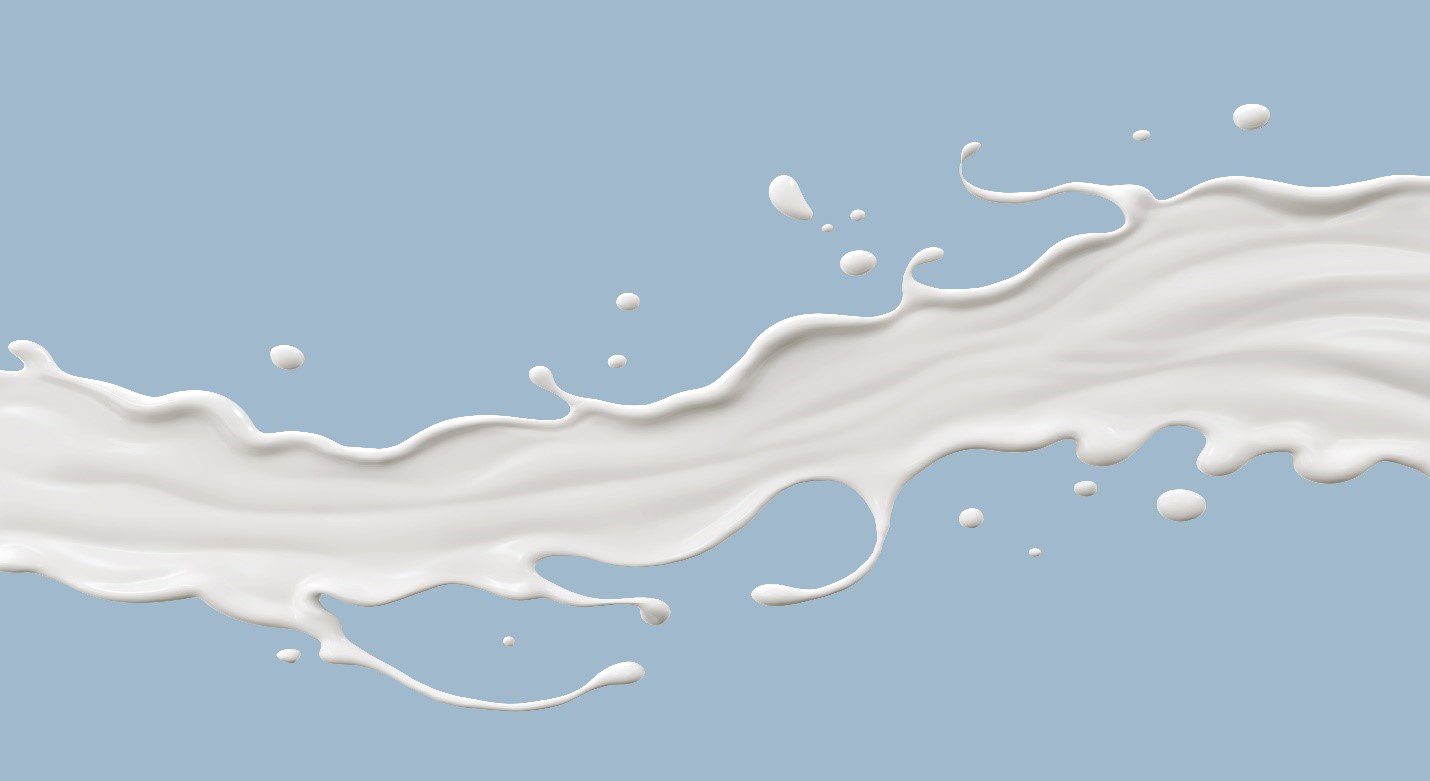“Got Sour Milk?” (aka: Lactic Acid, AHAs)

Time-tested and proven, lactic acid, is one such ingredient you should be aware of if you suffer from skin discoloration, uneven complexion, and wrinkle prone skin. Bacteria in sour milk ferments sugar and starch yielding lactic acid as a byproduct. Lactic acid, along with glycolic and citric acid, belongs to a class of carboxylic acids known as alpha-hydroxy acids (AHAs) that are used in a plethora of skin care products.
How does Lactic acid work?
Lactic acid works by dissolving the structures that hold dead skin cells together, causing dead skin cells to slough off your skin surface. The removal of dead skin cells and other debris, embedded within the outer layer of skin, reduces skin discoloration and removes age spots. As an exfoliator, lactic acid promoted cellular regeneration by increasing the production of collagen, and as we all know, collagen is vital for reduction of fine lines and wrinkles.

Is Lactic acid good for my skin type?
Lactic acid is far more gentle than other AHAs, such as glycolic and citric acids, which penetrate deeper layers of skin. As such, lactic acid is ideal for sensitive skin types, and those requiring a gentler exfoliator for breakout prone skin.
Why is lactic acid good for my skin?
Lactic acid serves many functions in our skin besides exfoliation. As mentioned earlier, lactic acid dissolves and removes bonds between dead cells and reduces skin discoloration. Unlike stronger AHAs, lactic acid does not disrupt skin’s natural pH level. It also improves skin texture by retaining water, and increase the production of ceramides and collagen, which give the appearance of a polished, firmer, and youthful skin.
What is the ideal lactic acid concentration?
Ideally, lactic acid should be used in less than 10% concentration with a pH between 3.5-4.0. If choosing a face peel, lactic acid concentration can be between 50-70%, while an exfoliator should have lactic acid concentration of 30%.
However, you know what your momma told you; that “too much of a good thing is also bad”, and lactic acid is no different. Overuse of lactic acid containing products or high concentrations of lactic acid can expose your skin cells to UV-damage, environmental toxins, and can cause inflammation, and even chemical burns. Please be sure to wear sunscreen when using high concentrations of lactic acid and take proper protective measures – you don’t want the “benefits” of lactic acid to end up being counterproductive.

 Log in
Log in



